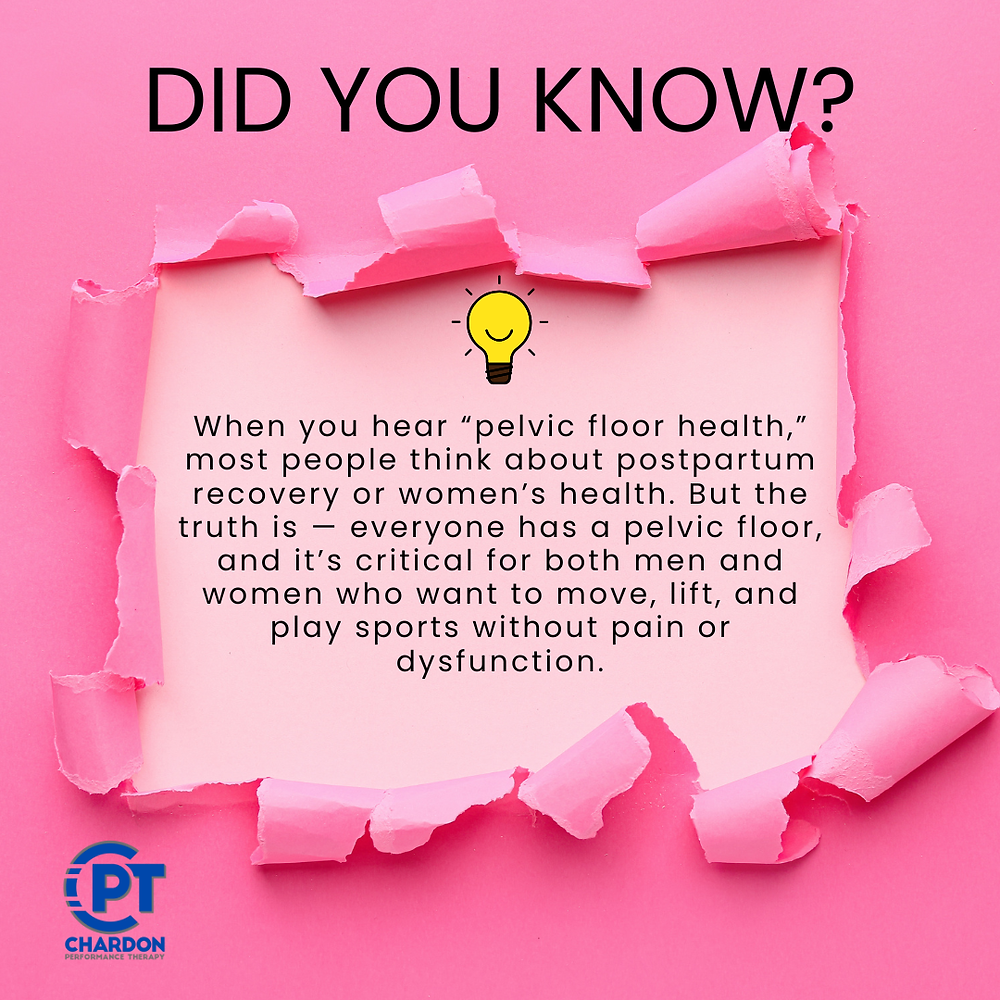Propel Physiotherapy recently had the honour of sponsoring the Canadian Wheelchair Basketball National Championships. The event drew top athletes from across Canada in an exhilarating national-best‑on‑best competition, including men’s and women’s provincial teams, plus a recreational 3-on-3 divisions with free admission and live streaming for fans.
Our Pickering crew was on hand to provide first-aid relief for the athletes. Many of our physiotherapists have experience working with wheelchair athletes and creating custom programs to increase strength and flexibility, optimize wheelchair propulsion and prevent injuries.
Are you or someone you know considering joining a wheelchair basketball league or maybe just getting out on the court for fun with friends to watch or play? Understanding the game and what’s involved physically is the key to being prepared and preventing injuries.
In this blog, we share the general rules of wheelchair basketball, help you understand the physicality of the game and common injuries that may result. We also provide observations of ways these athletes warmed up on the court, as well as discuss how exercise, injury prevention, and physiotherapy are integral to the performance and recovery of wheelchair basketball players.
Table of Contents
General Rules of Wheelchair Basketball
Many rules of wheelchair basketball are shared with traditional basketball with a few changes and exceptions. We give you a quick rundown below so the next time you tune into a wheelchair basketball event, you’ll know exactly what’s going on!
Wheelchair basketball follows most standard basketball rules—court, basket height, scoring, periods—while adapting to wheelchair use according to IWBF (International Wheelchair Basketball Federation) rules, adopted by Wheelchair Basketball Canada. A few key highlights:
- Each game has four 10‑minute quarters
- Tiebreakers are resolved with additional five-minute periods as needed.
- A player may push the wheelchair only twice before needing to pass, shoot, or dribble the ball again to avoid traveling violations
- Player classification ranges from 0.5/1 to 4.5 points, reflecting functional ability. The total on-court points for five players may not exceed 14, ensuring fair team balance
- Wheelchairs are considered part of the player—so all contact (charging, blocking, bumping) applies to the chair as well.
- Players must remain seated; using feet or legs for leverage is a physical advantage foul.
- If a player falls out of their chair, referees may pause play immediately if there’s risk; otherwise, they wait for the play to end before stopping. Intentional falling to gain advantage is penalized.[i]
Physicality and On‑Court Movement
- Speed and stability are a product of chair design—angled camber wheels, low seats, and lower centers of gravity improve maneuverability and reduce tipping risk; In addition, what was observed was a lot of strategy placing players in strategic positions to set picks, screens, and obstacles for opponents to get by.
- Higher‑point players (e.g. 4.0, 4.5) typically have more trunk control and mobility. They can speed up and handle the chair more aggressively; lower‑point players (e.g. 1.0, 1.5, 2.0) offer stability but may rely more on positioning and team strategy.[i]
- Due to the pace of the game and the shot clock’s limited time, players are sometimes forced to make daring shots and feats of athleticism- talk about long range shots from the three-point line and hook shots with big extension through the trunk and arcing shoulder/ upper arm movements!
Common Wheelchair Basketball Injuries
Despite the wheelchair adaptation, this remains a physically demanding and contact-heavy sport. Some typical injury types include:
- Upper‑body overuse injuries: shoulders, wrists, and elbows from repetitive pushing, dribbling, shooting.
- Impact and collision injuries: especially when chairs collide or during blocking/charging plays.
- Falls out of the chair: potential for bruises, abrasions or contusions if a player tips over. Officials try to reduce risk by stopping dangerous situations quickly.
- Strains/soft tissue injuries: from sudden stops, rapid direction changes, jarring contact in chair-to-chair impacts.
- Possibility of concussions and mild head injuries.
Wheelchair Basketball Canada’s Safe Sport policy and rules (like not using legs for leverage, strict contact enforcement, and fall protocols) aim to mitigate risk and promote athlete safety.[ii]
Wheelchair Basketball: Highlights & Interesting Facts
- Canada’s strength on the international stage: both men’s and women’s teams have been historically dominant in Paralympic and World Championship competition
- During the Durham Nationals, the event showcased high‑level competition across provinces—with both elite and recreational 3×3 divisions—demonstrating both depth and accessibility within Canadian wheelchair basketball.
- Non-disabled athletes can compete in Canada (classified as 4.5‑point players) at some levels, though not internationally—reflecting evolving inclusivity policies.
- Psychological and technical factors like classification composition and strategic team balance are shaped by the maximum‑14‑point rule, and recent research even applies data‑driven methods to optimize lineups.[iii]
How Physiotherapy Helps Injury Prevention & Enhances Performance
Structured exercise and conditioning can play a powerful role in reducing injuries and boosting performance. Here’s how:
Strength & Stability Training
- Shoulder, chest, upper back and core conditioning help manage repetitive load from pushing and play.
- Strengthening stabilizer muscles (rotator cuff, scapular muscles) lowers the risk of impact and overuse injuries.
- Training also includes practice of transfers from the floor to a wheelchair, an essential skill for wheelchair basketball players.
Flexibility & Mobility Work
- Stretching the shoulders, wrists, and spine can reduce stiffness and maintain range of motion, valuable for handling the chair and shooting mechanics.
- Athletes were observed to also stretch their lower extremities to maintain range of motion/ mobility and to address any soreness and tightness experienced when seated (and under duress) for those prolonged periods.
Endurance & Aerobic Conditioning
- Improved cardiovascular fitness helps sustain pace in fast-breaks, offensive transitions, and defensive pressing, reducing fatigue-related errors and injuries.
- The use of arm-ergometers, adapted recumbent steppers, and wheelchair racing/ track are optimal ways to improve functional endurance and aerobic abilities for wheelchair basketball.
- Physiotherapy also provides education and training on proper and efficient wheelchair propulsion.
Proprioception and Balance
- Wheelchair‑specific drills enhance spatial awareness and response time in contact situations, including controlled tipping recovery.
- During warm-ups, teams were observed to practice quick maneuvering, shuffling, start/stop, and repetitive turns (on a dime!) during warm ups, to simulate gameplay and to prime their bodies for the competition to come.
Injury-Specific Rehab and Recovery
- For shoulders or wrists recovering from strain, targeted rehab (eccentric strengthening, mobility drills) supports safe return to play.
- Use of recovery modalities like rest, ice/compression, and guided physiotherapy is key post‑competition.
- Therapeutic taping, bracing, and compression garments may also help during gameplay situations.
Functional Strength for Transitions
- Core and trunk stability training improves seating control, reduces risk if contact pushes you in the chair, and enhances passing/shooting consistency.
- They also provide posture education, seating assessments, and advice on wheelchair ergonomics to prevent pressure sores and spinal issues.
By incorporating a well-rounded program—strength, flexibility, endurance, and rehab—players improve performance while lowering the risk of injuries common in the sport.[iv]
Summary and Conclusion
Wheelchair basketball—governed in Canada by Wheelchair Basketball Canada under IWBF rules—is a powerful, fast-paced sport that combines rigorous regulation, physical contact, and strategic team play. The National Championships in Oshawa did more than crown champions: it highlighted Canada’s deep talent base, inclusive culture (via the 3×3 and recreational divisions), and ongoing commitment to athlete development.
Though intense, the sport’s rule framework emphasizes safety—from fall protocols to physical advantage fouls and classification limits. Common injuries largely involve the upper body and suggest the vital need for structured exercise—especially strength, flexibility, and sport‑specific conditioning—to support performance and resilience.
Physiotherapy supports wheelchair basketball athletes by preventing and managing injuries, enhancing performance, and promoting recovery. Through tailored programs, physiotherapists strengthen the upper body, improve flexibility, and optimize propulsion techniques to reduce overuse injuries like shoulder strain. At Propel Physiotherapy our knowledgeable and experienced therapists will help you optimize your performance whether that’s in day to day tasks or competing at wheelchair basketball.










